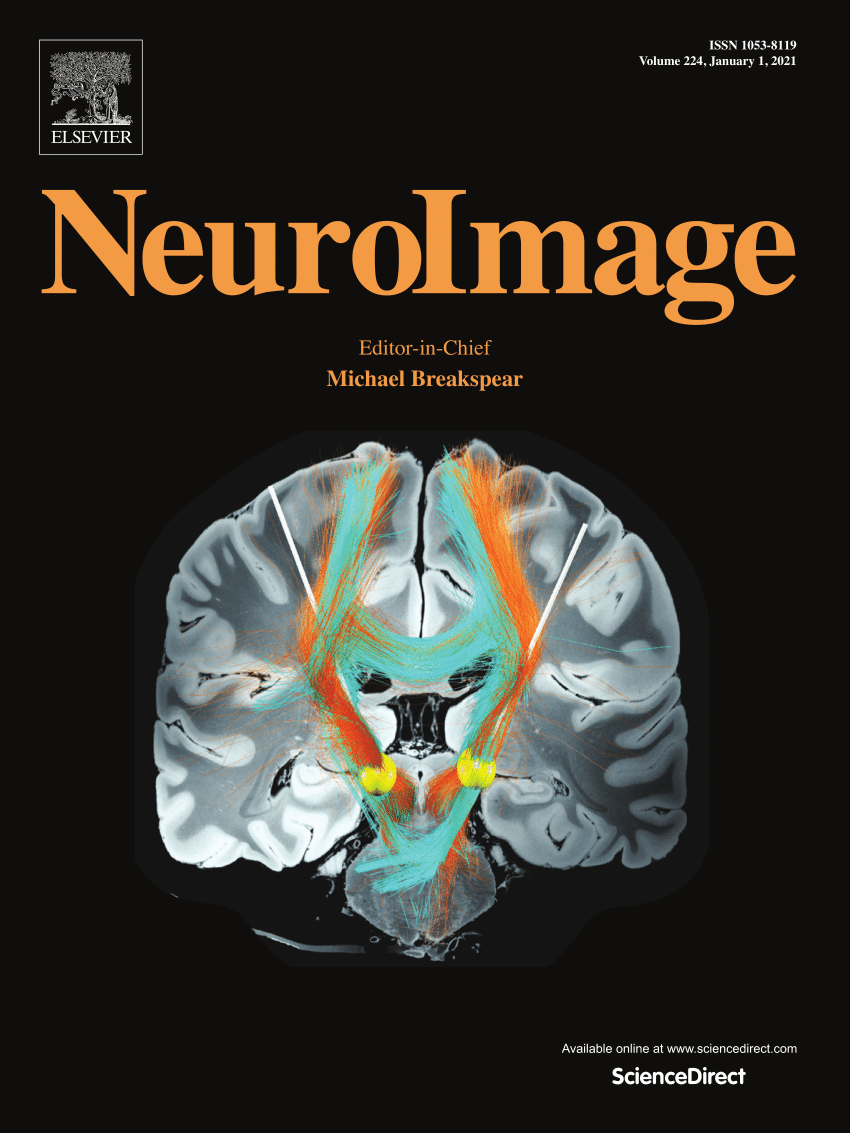Spherical-deconvolution informed filtering of tractograms changes laterality of structural connectome
IF 4.7
2区 医学
Q1 NEUROIMAGING
引用次数: 0
Abstract
Diffusion MRI-driven tractography, a non-invasive technique that reveals how the brain is connected, is widely used in brain lateralization studies. To improve the accuracy of tractography in showing the underlying anatomy of the brain, various tractography filtering methods were applied to reduce false positives. Based on different algorithms, tractography filtering methods are able to identify the fibers most consistent with the original diffusion data while removing fibers that do not align with the original signals, ensuring the tractograms are as biologically accurate as possible. However, the impact of tractography filtering on the lateralization of the brain connectome remains unclear. This study aims to investigate the relationship between fiber filtering and laterality changes in brain structural connectivity. Three typical tracking algorithms were used to construct the raw tractography, and two popular fiber filtering methods(SIFT and SIFT2) were employed to filter the tractography across a range of parameters. Laterality indices were computed for six popular biological features, including four microstructural measures (AD, FA, RD, and T1/T2 ratio) and two structural features (fiber length and connectivity) for each brain region. The results revealed that tractography filtering may cause significant laterality changes in more than 10% of connections, up to 25% for probabilistic tracking, and deterministic tracking exhibited minimal laterality changes compared to probabilistic tracking, experiencing only about 6%. Except for tracking algorithms, different fiber filtering methods, along with the various biological features themselves, displayed more variable patterns of laterality change. In conclusion, this study provides valuable insights into the intricate relationship between fiber filtering and laterality changes in brain structural connectivity. These findings can be used to develop improved tractography filtering methods, ultimately leading to more robust and reliable measurements of brain asymmetry in lateralization studies.
以球形解卷积为基础的阶梯图过滤改变了结构连接组的侧向性。
弥散核磁共振成像(MRI)驱动的牵引成像是一种非侵入性技术,可揭示大脑的连接方式,被广泛应用于大脑侧化研究。为了提高束成像在显示大脑潜在解剖结构方面的准确性,人们采用了各种束成像过滤方法来减少假阳性。基于不同的算法,束流成像滤波方法能够识别与原始扩散数据最一致的纤维,同时去除与原始信号不一致的纤维,确保束流图在生物学上尽可能准确。然而,束图过滤对大脑连接组侧向化的影响仍不清楚。本研究旨在探讨纤维过滤与大脑结构连接侧向性变化之间的关系。研究使用了三种典型的追踪算法来构建原始牵引图,并采用了两种流行的纤维过滤方法(SIFT和SIFT2)来过滤一系列参数范围内的牵引图。计算了六种流行生物特征的侧向性指数,包括每个脑区的四种微结构测量(AD、FA、RD和T1/T2比值)和两种结构特征(纤维长度和连接性)。结果表明,牵引滤波可能会导致10%以上的连接发生明显的侧向变化,概率追踪可达25%,而确定性追踪与概率追踪相比,侧向变化极小,仅为6%左右。除跟踪算法外,不同的纤维过滤方法以及各种生物特征本身都显示出更多不同的侧向变化模式。总之,这项研究为了解纤维过滤与大脑结构连接侧向变化之间的复杂关系提供了宝贵的见解。这些发现可用于开发改进的束成像过滤方法,最终在侧向化研究中对大脑不对称性进行更稳健可靠的测量。
本文章由计算机程序翻译,如有差异,请以英文原文为准。
求助全文
约1分钟内获得全文
求助全文
来源期刊

NeuroImage
医学-核医学
CiteScore
11.30
自引率
10.50%
发文量
809
审稿时长
63 days
期刊介绍:
NeuroImage, a Journal of Brain Function provides a vehicle for communicating important advances in acquiring, analyzing, and modelling neuroimaging data and in applying these techniques to the study of structure-function and brain-behavior relationships. Though the emphasis is on the macroscopic level of human brain organization, meso-and microscopic neuroimaging across all species will be considered if informative for understanding the aforementioned relationships.
 求助内容:
求助内容: 应助结果提醒方式:
应助结果提醒方式:


